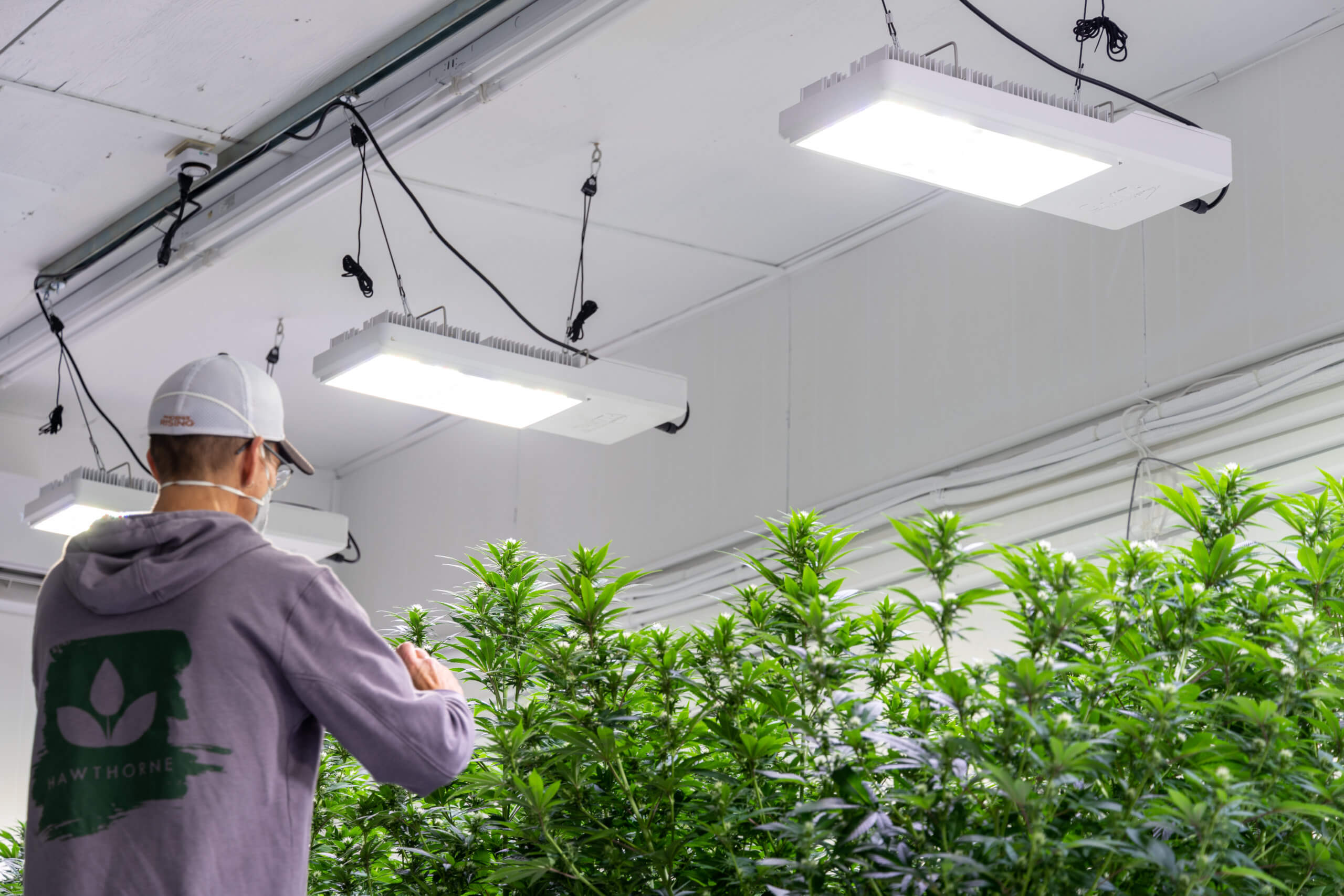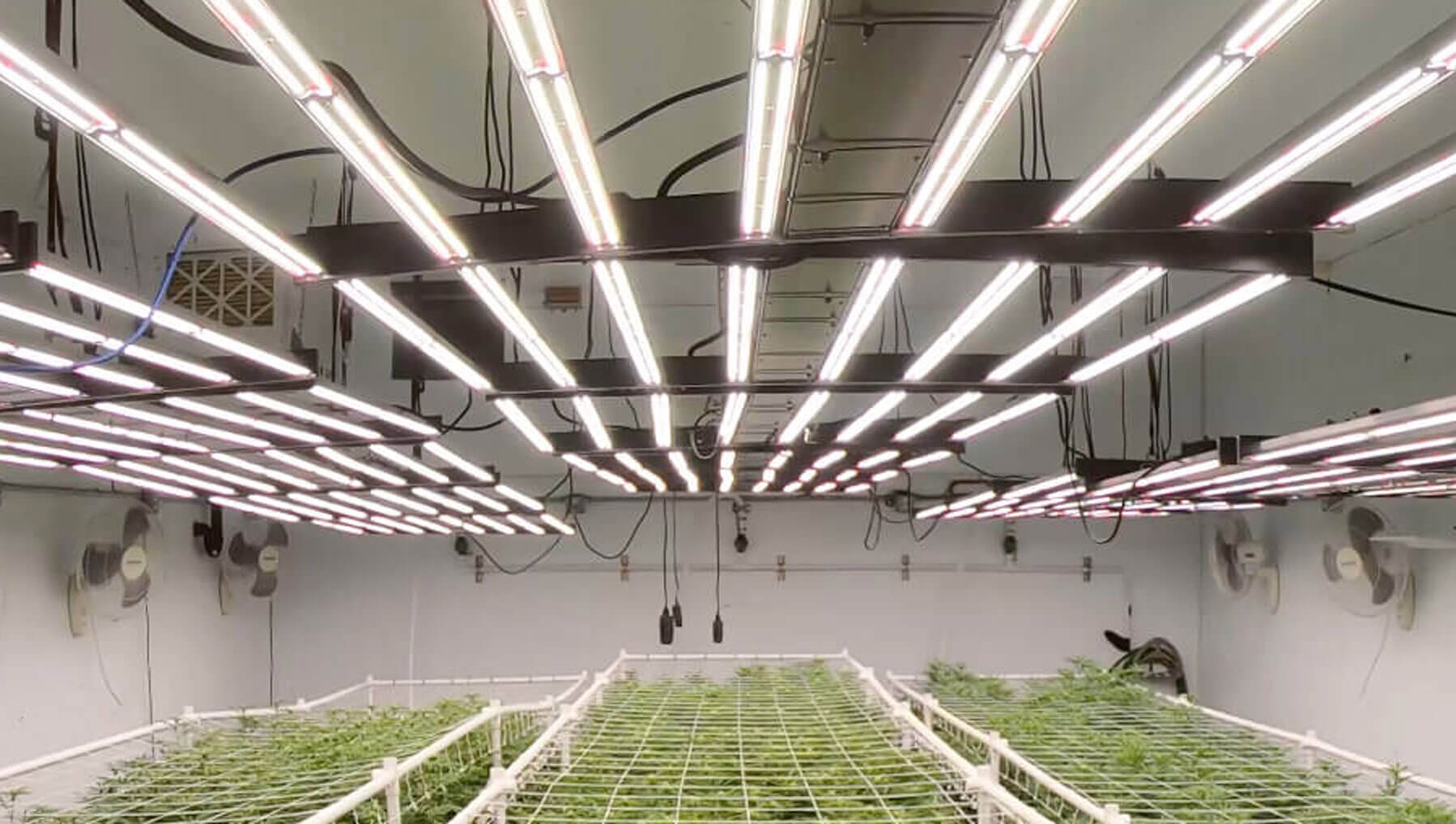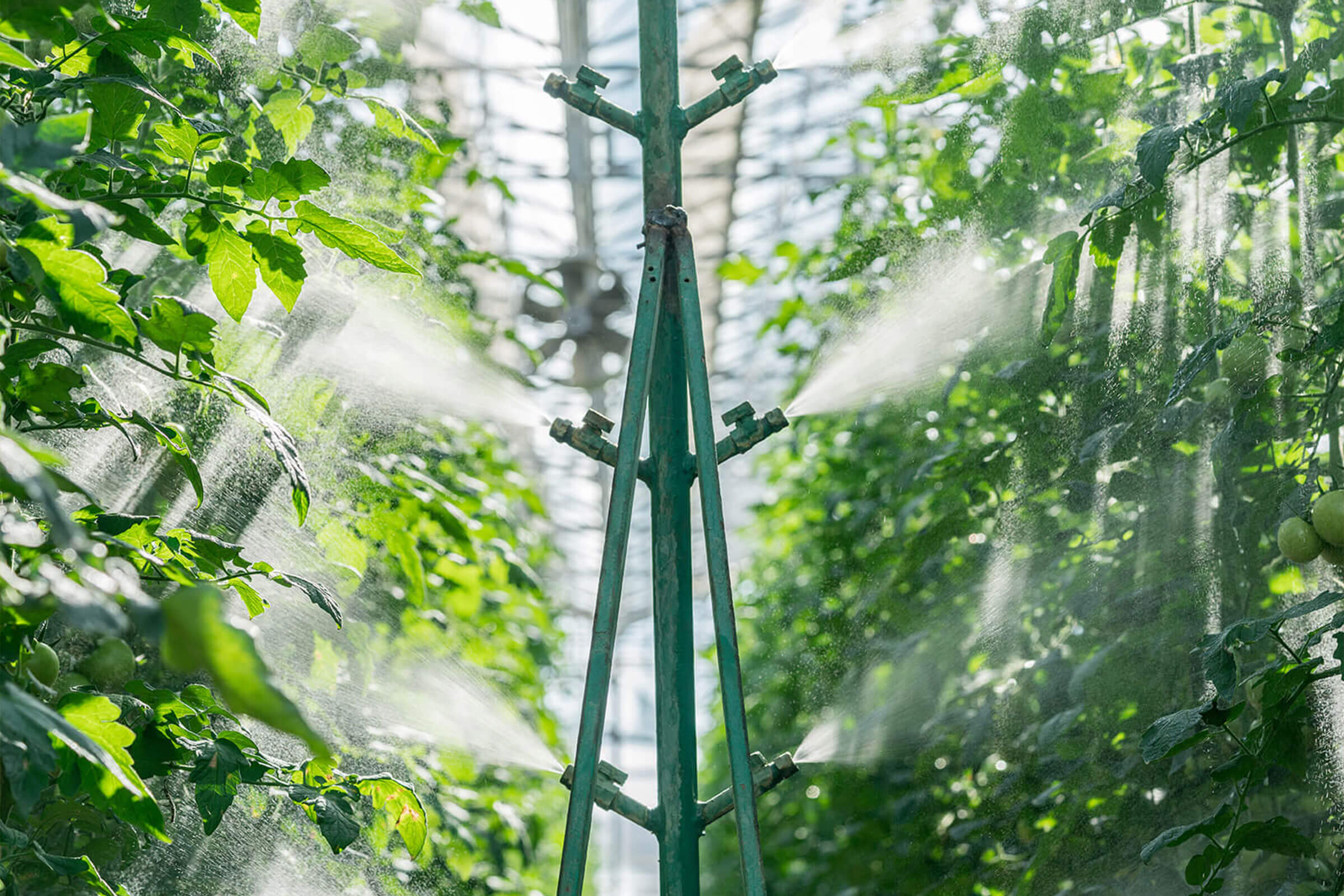Growers familiar with cultivating under HPS light know that their fixtures emit a significant amount of radiant heat—the sort of heat that warms up the upper foliage of your crops.
Excess radiant heat can damage your crop. But, when using HPS lighting at the manufacturer’s recommended mounting height and intensity, radiant heat can be also beneficial.
This is because the photosynthetic machinery your crops use to convert light to chemical energy and sugars function best within a certain temperature range. Too hot or too cold and the photosynthesis slows to a trickle. Further, warming the crops’ foliage promotes transpiration, or the movement of water and dissolved nutrients from the roots to new growth points. Taken together, photosynthesis and transpiration drive primary plant metabolism and growth.
LED fixtures produce significantly less radiant heat compared to HPS fixtures. Cultivators must compensate for this difference.
We recommend raising the ambient room temperature to make up for this loss in radiant heat. By raising the temperature, it’s possible to mimic the beneficial warming effect of HPS lighting.

Continue learning with our next tip ⟶


